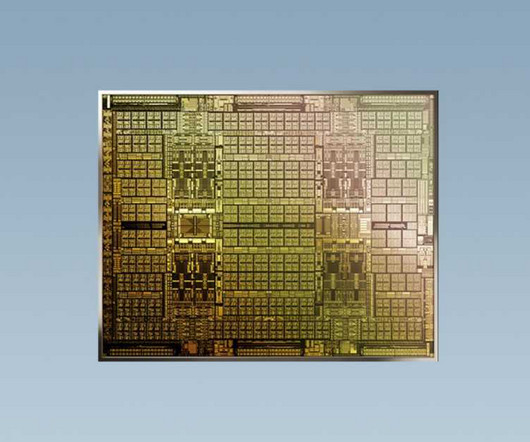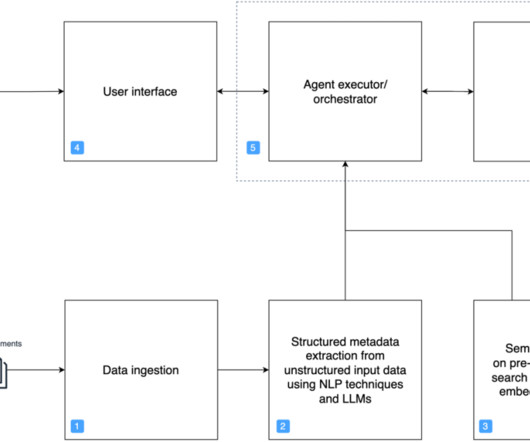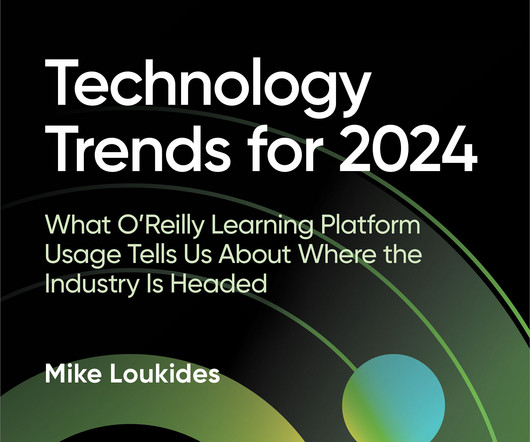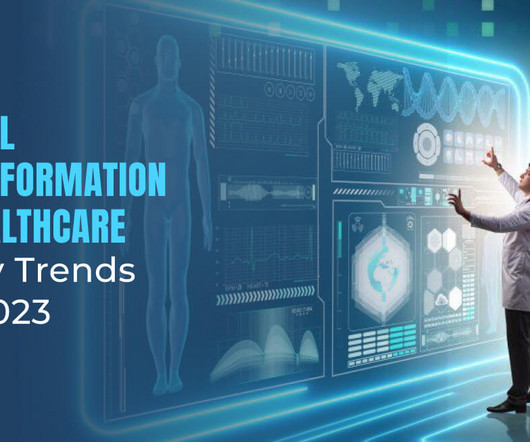How Nvidia became a trillion-dollar company
CIO
JULY 18, 2023
Nvidia’s transformation from an accelerator of video games to an enabler of artificial intelligence (AI) and the industrial metaverse didn’t happen overnight—but the leap in its stock market value to over a trillion dollars did. Some of those models are truly gargantuan: OpenAI’s GPT-4 is said to have over 1 trillion parameters.















Let's personalize your content